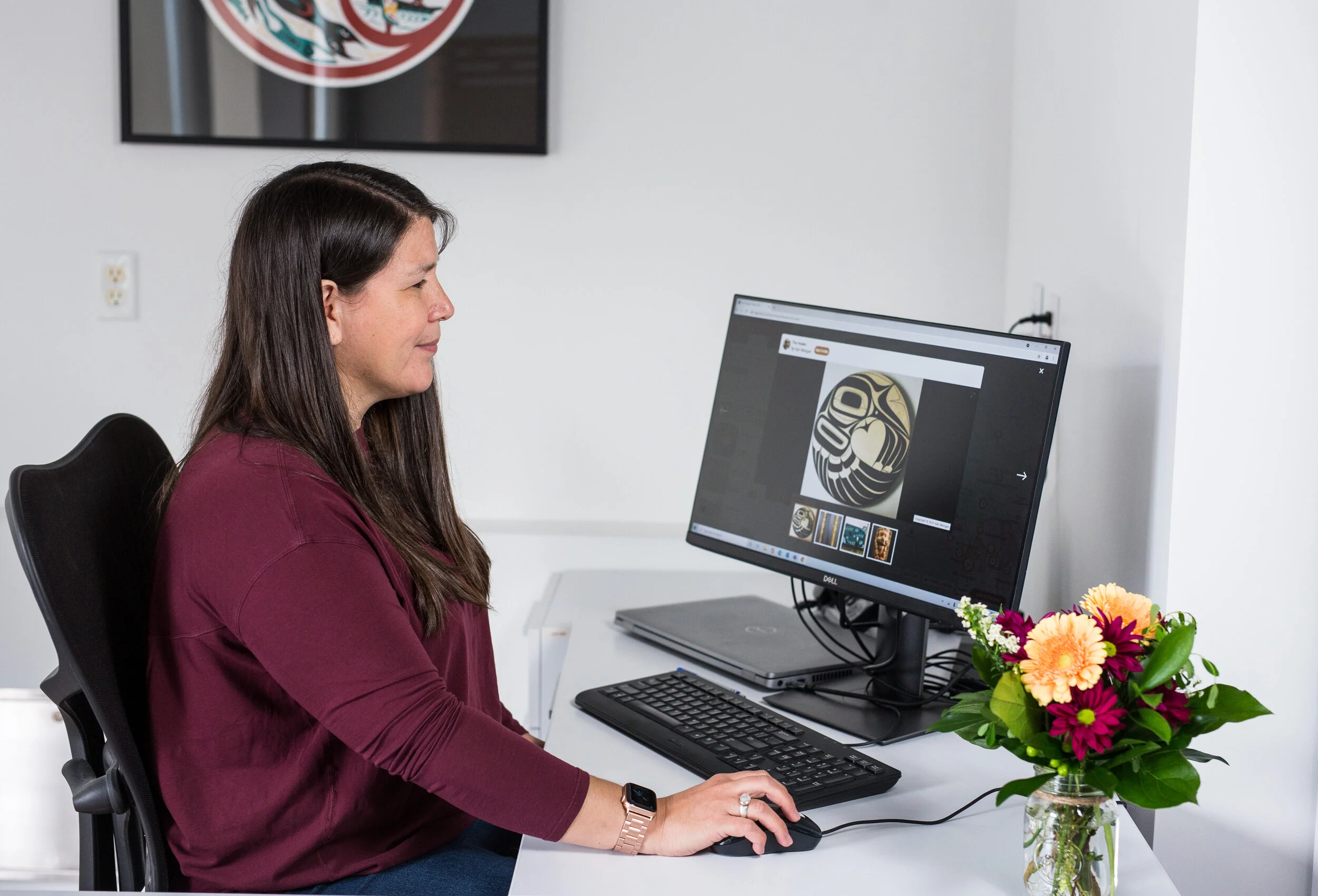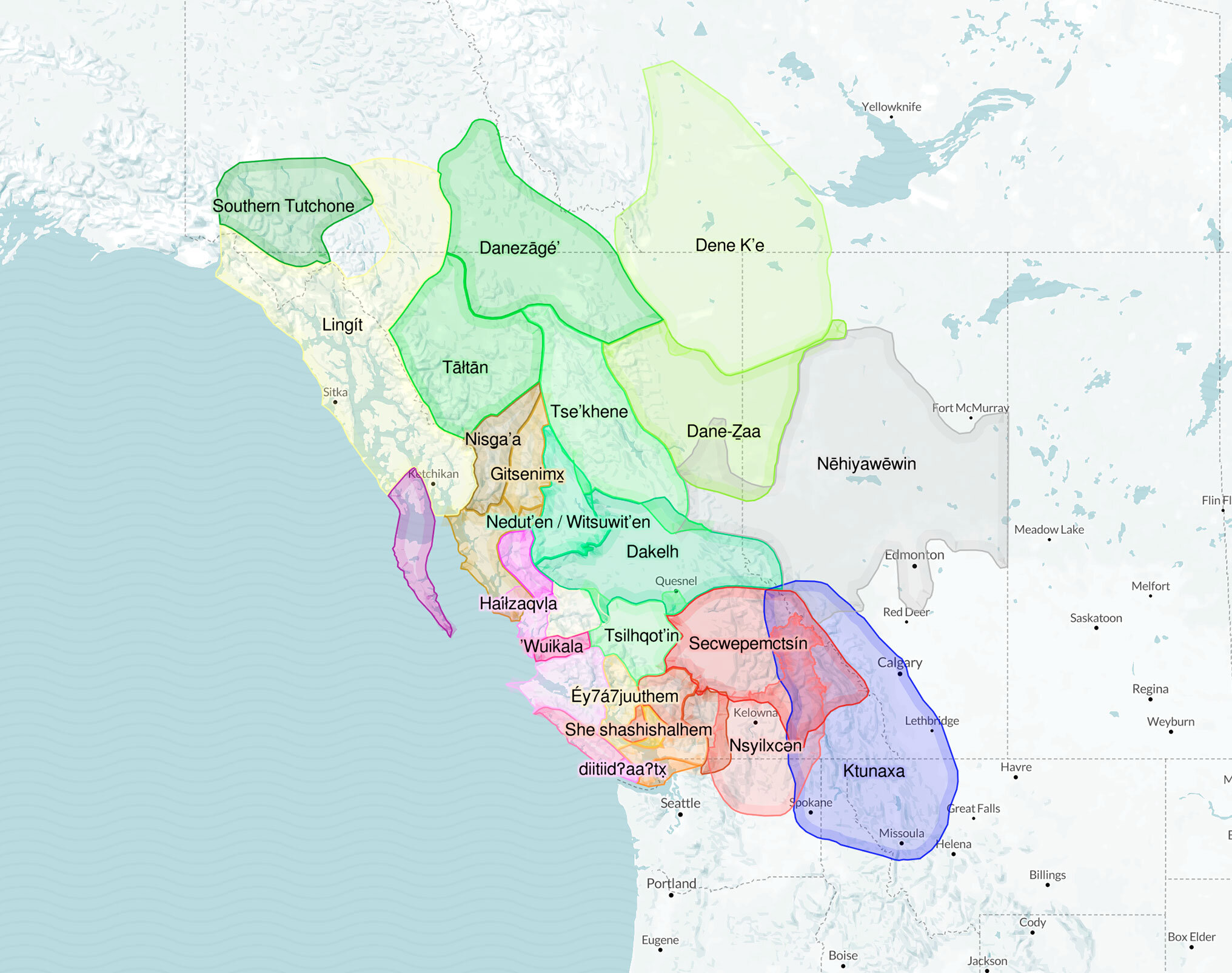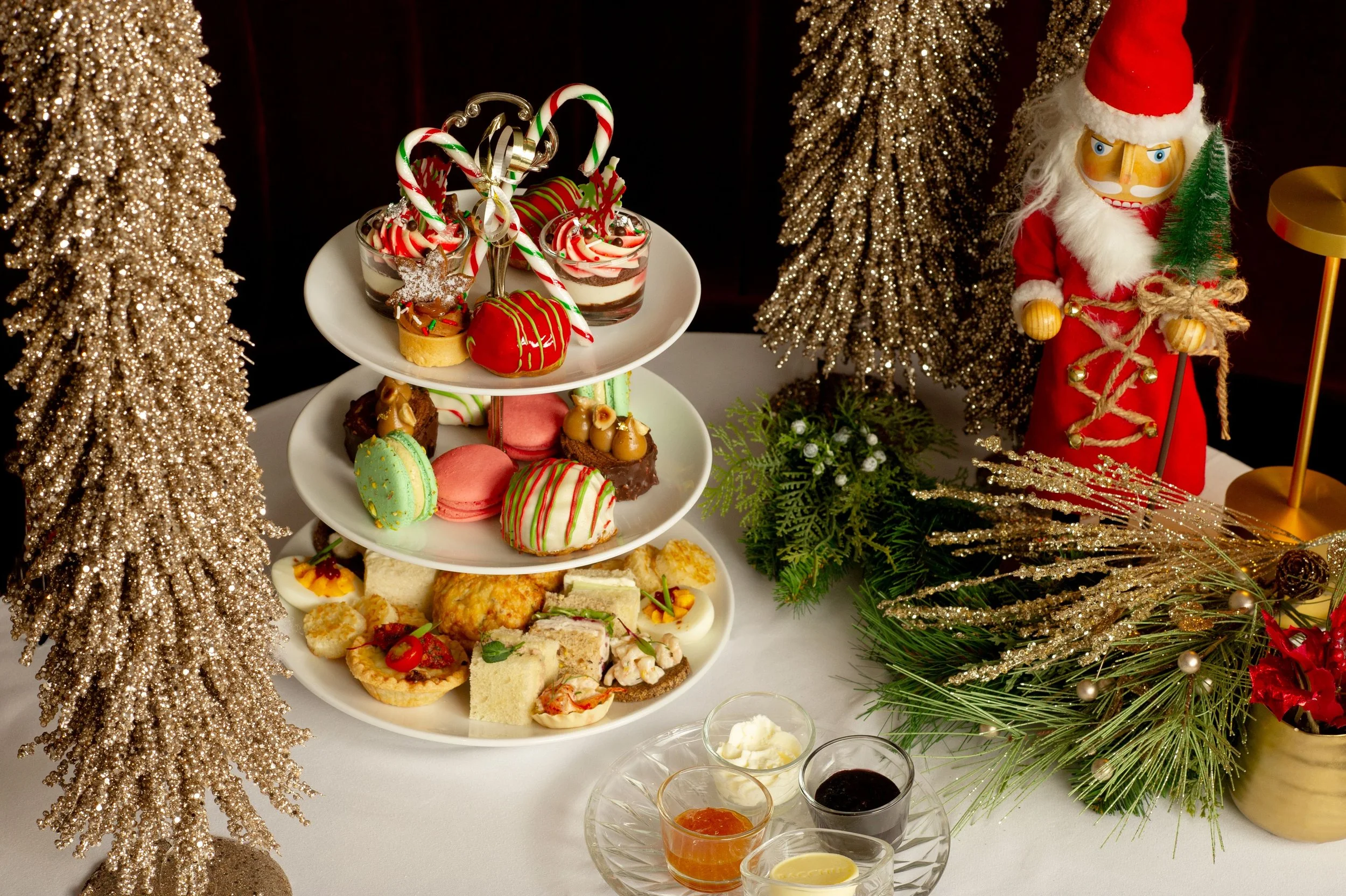First Peoples’ Map of B.C. showcases Indigenous art, languages, and cultures
The online, interactive map by First Peoples’ Cultural Council is the first of its kind
FPCC Employee Zandra Paul explores the First Peoples’ Map of B.C.
SHAR WILSON IS a Gitxsan digital artist who creates in vector, applying her art to textiles and everyday household objects. Joshua Watts is a Nuu-chah-nulth and Coast Salish First Nations professional artist and Cultural Carrier who was raised in Squamish away from his ancestral territories of Port Alberni and Lake Cowichan; an advocate for cultural revitalization, he focuses his practice on youth development and mentorship. Russell Swift of the Ditidaht Band has been a carver for more than three decades, creating totem poles, masks, paddles, talking sticks, rattles, and more in the Vancouver Island West Coast style.
They’re all among the artists featured on the new, interactive online First Peoples’ Map of B.C. Launched by the First Peoples’ Cultural Council (FPCC) to showcase Indigenous arts, languages and cultures, it is the first and only map of its kind in the country.
No other map in Canada weaves together information on Indigenous languages, arts, cultures, and heritage with insight from community experts who are deeply invested in the work of linguistic, artistic, and cultural survival. The First Peoples’ Map helps non-Indigenous people better appreciate Indigenous perspectives, this being one small step toward reconciliation.
“The First Peoples’ Map is a significant visual representation of the incredible work being done by Indigenous people in B.C. to revitalize and celebrate our unique languages, arts and cultural heritage,” Karen Aird, acting CEO of the First Peoples’ Cultural Council, said in a release. “Our hope is that this map will help non-Indigenous people to better appreciate Indigenous perspectives as one small step towards reconciliation. By combining all of this rich information together in one place, the map reflects an Indigenous perspective, by braiding important cultural elements together with the land.”
FPCC developed the map in response to First Nations members in B.C. who had requested a central platform to share resources about their diverse languages, arts, cultural heritage, and communities. Content will regularly be added going forward.
Terry Teegee, Regional Chief, British Columbia Assembly of First Nations
“FPCC’s First Peoples’ Map is an incredibly valuable tool that everyone can easily use and learn from,” said Terry Teegee, Regional Chief, British Columbia Assembly of First Nations. “First Nations in British Columbia celebrate diverse and living languages, arts, cultures and heritages that this map largely captures.
“FPCC initiatives, such as the First Peoples’ Map, are vital to the integrity of British Columbia’s social and cultural fabric as this work deepens public knowledge and understanding of the many Nations and cultures that have existed in the province since time immemorial, as well as the complexities of human relationships to present day,” he said. “I congratulate and support FPCC in their ongoing work.”
The new First Peoples’ Map replaces the First Peoples’ Language Map, created by FPCC in 2008 and the First Peoples’ Arts Map, created in 2012. It was made possible by a historic $50 million investment by the Province of B.C. in 2018, resulting in a more robust, integrated platform with more data and a better user interface.
The language category displays all 204 First Nations communities and language regions in B.C.
Map users can hear the pronunciation of language names, greetings, places, and more. The online tool also includes data on 34 First Nations languages and more than 90 dialects from FPCC’s 2018 Report on the Status of B.C. First Nations Languages.
The arts layer can be explored to find Indigenous artists and public art in communities throughout B.C. Users can look for for public art or artists in different areas, or do a search by artistic background.
The heritage section reflects the connection between the land, environment, and Indigenous cultural heritage. Each point of interest on the map reflects Indigenous peoples’ unique knowledge.
FPCC is a First Nations-led provincial Crown corporation with a mandate to support the revitalization of Indigenous languages, arts, cultures and heritage in B.C.
For more information, visit FPCC.
First Peoples’ Cultural Council’s First Peoples’ Map of BC.
















